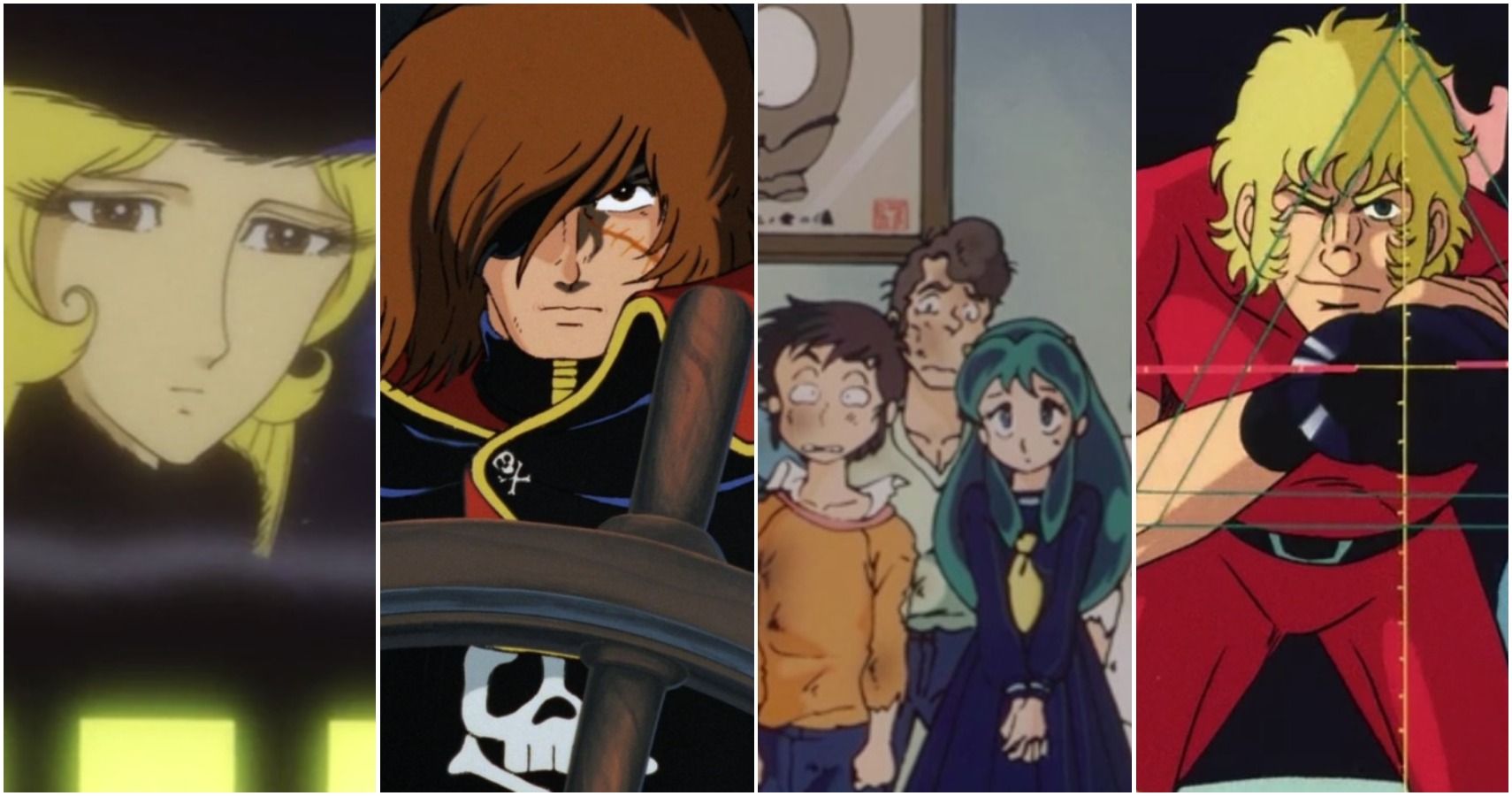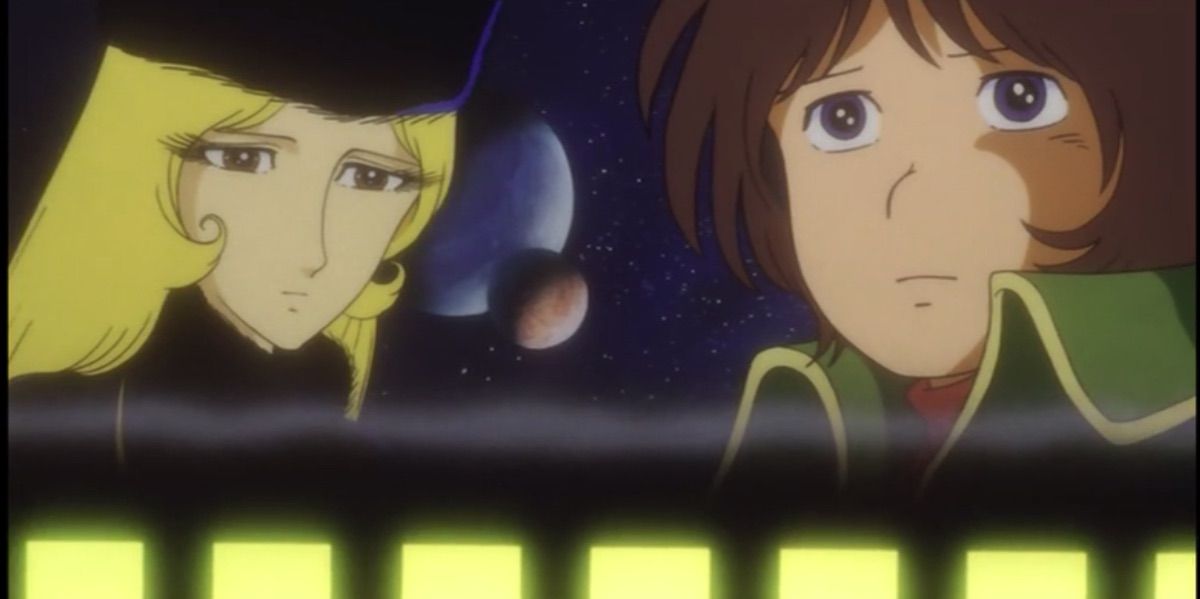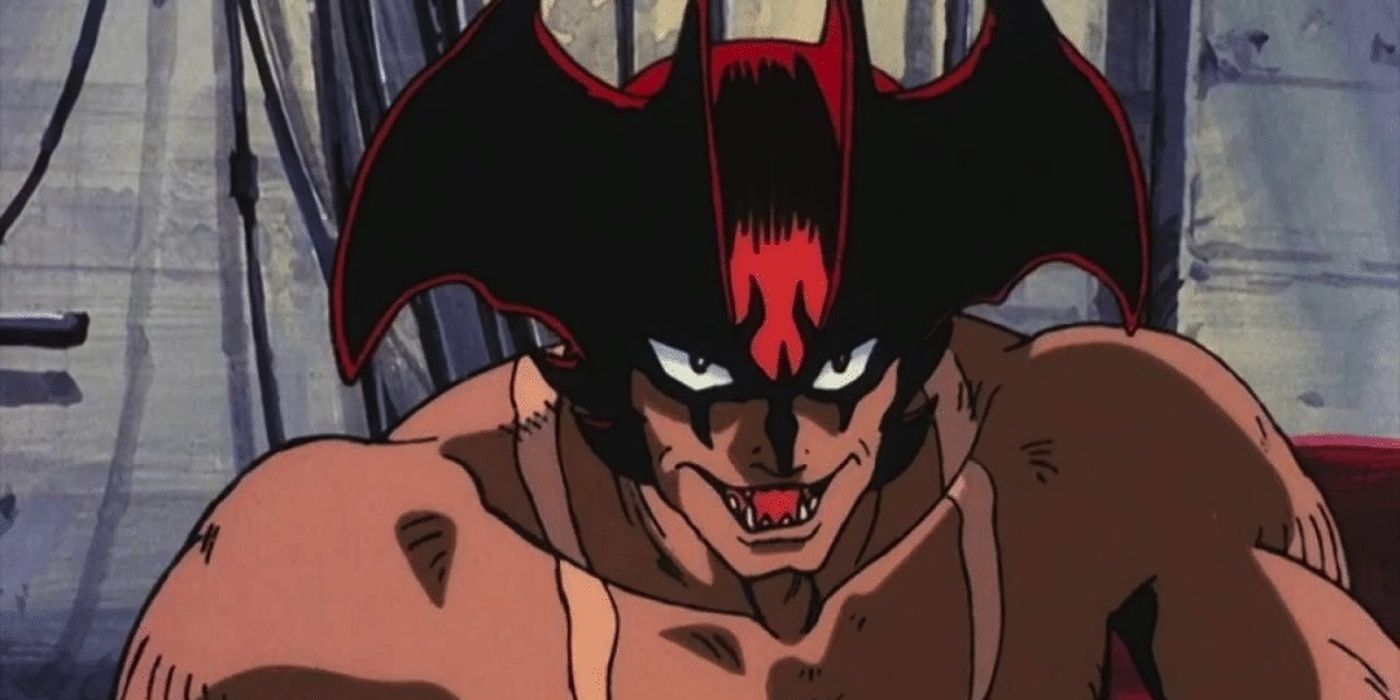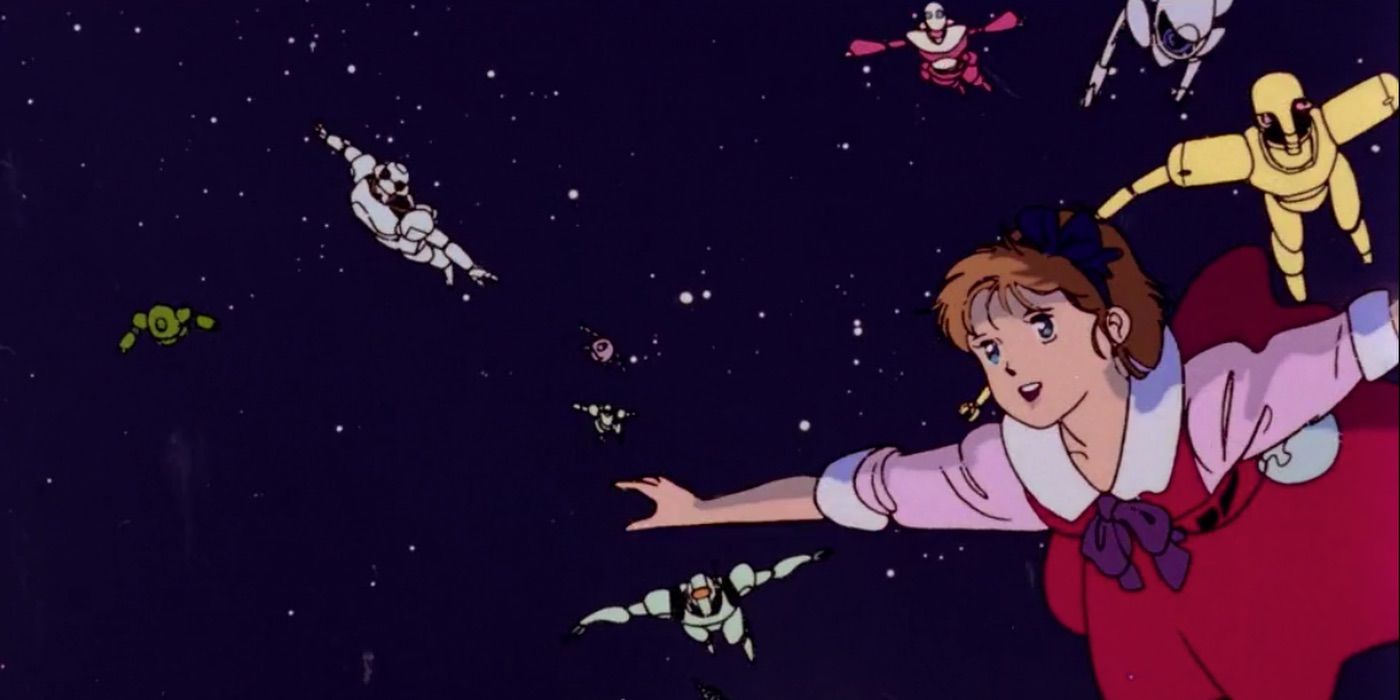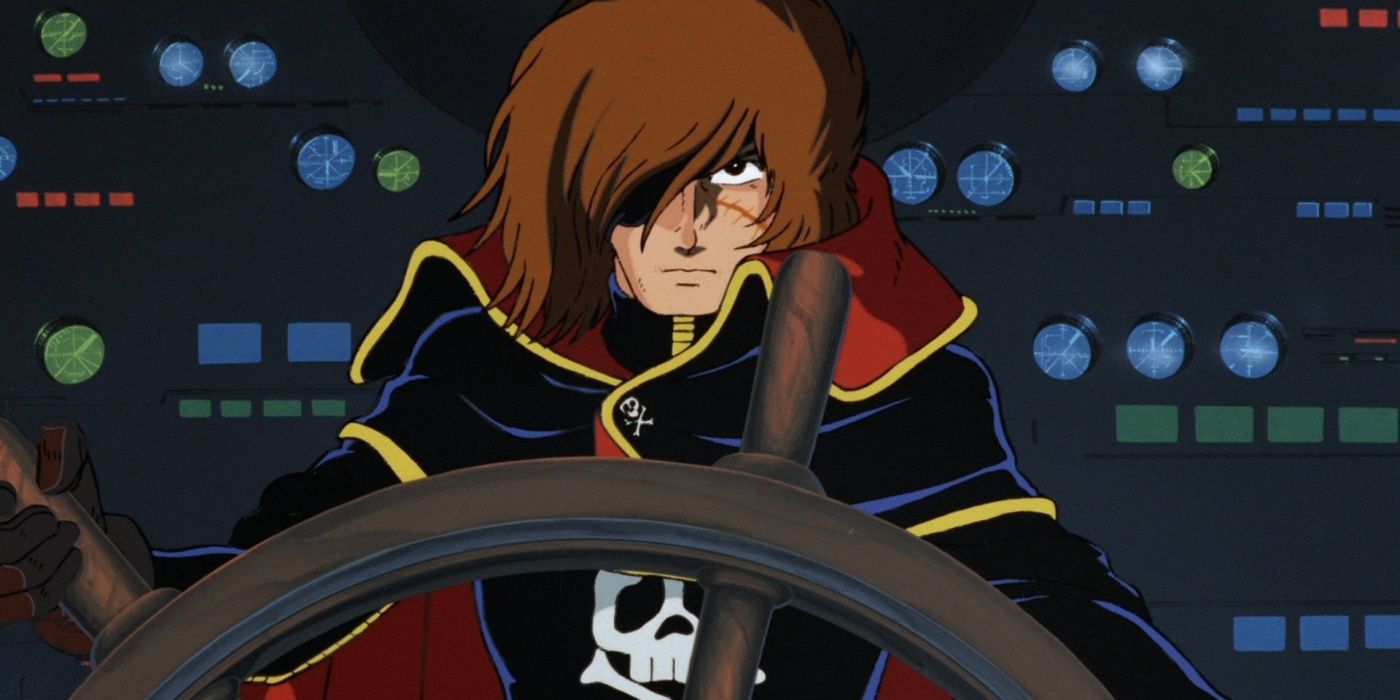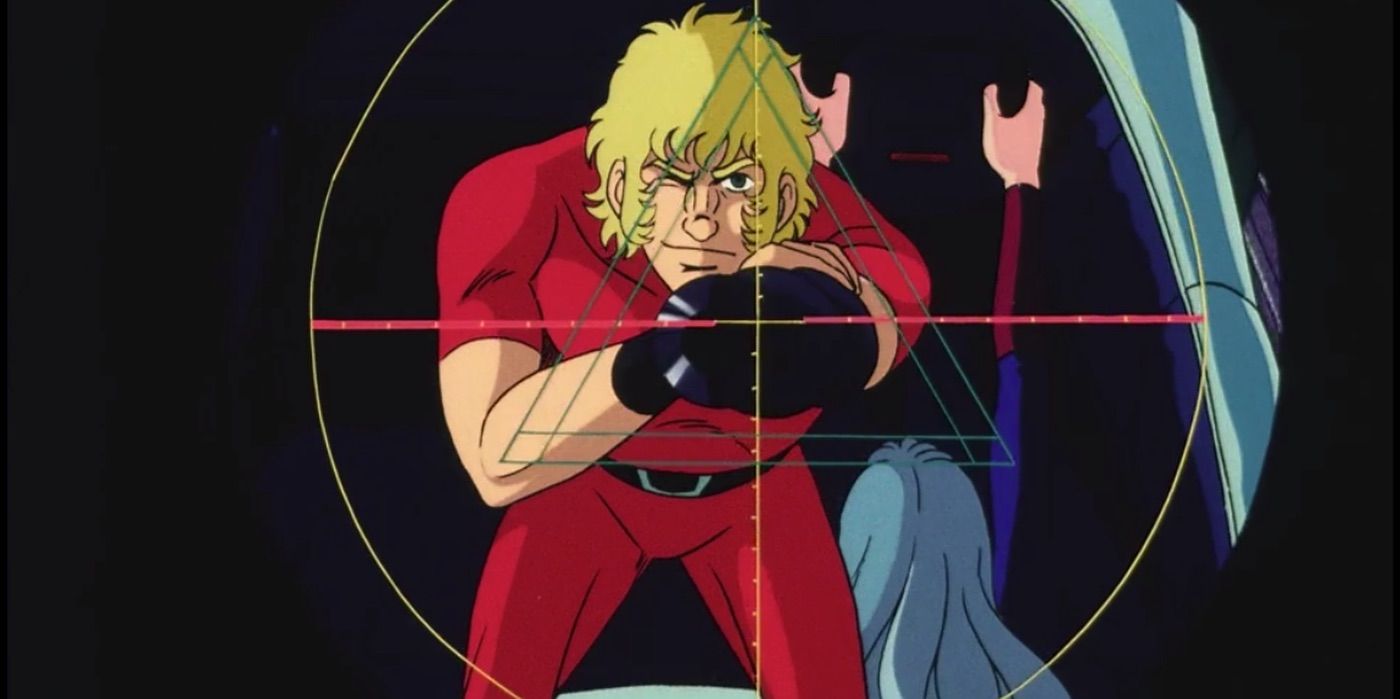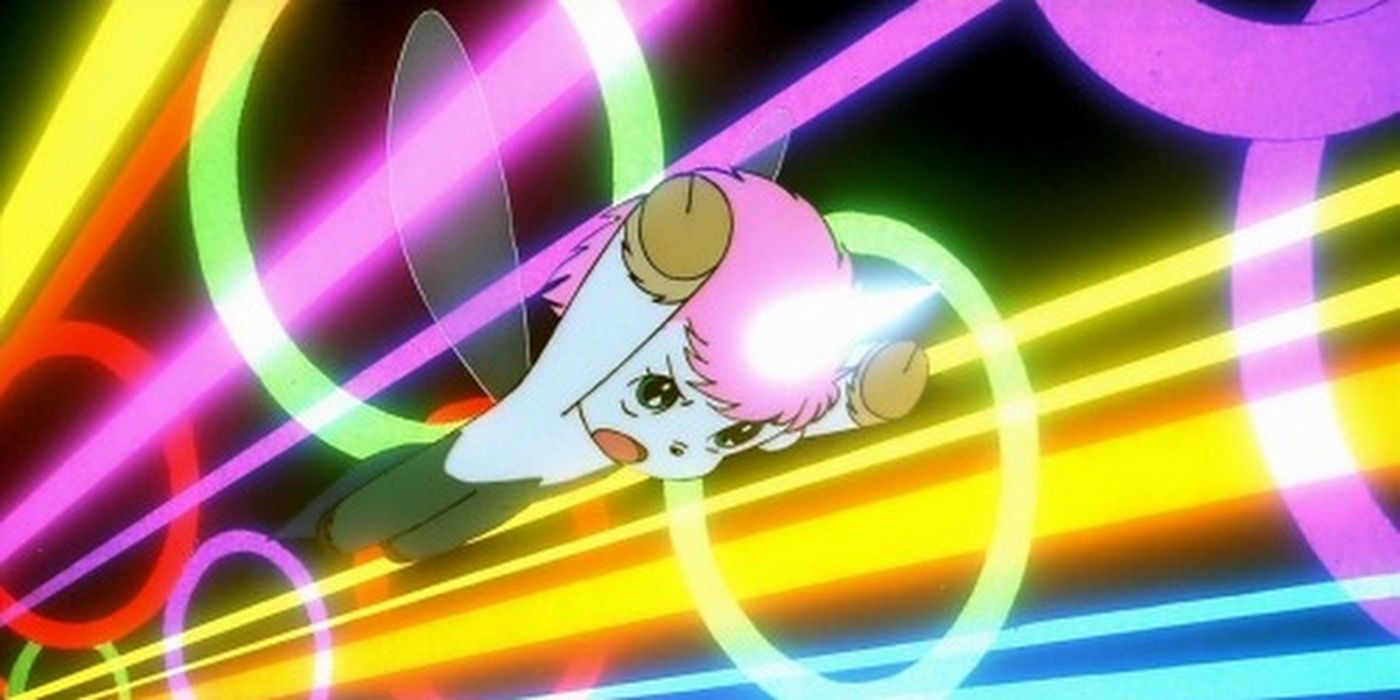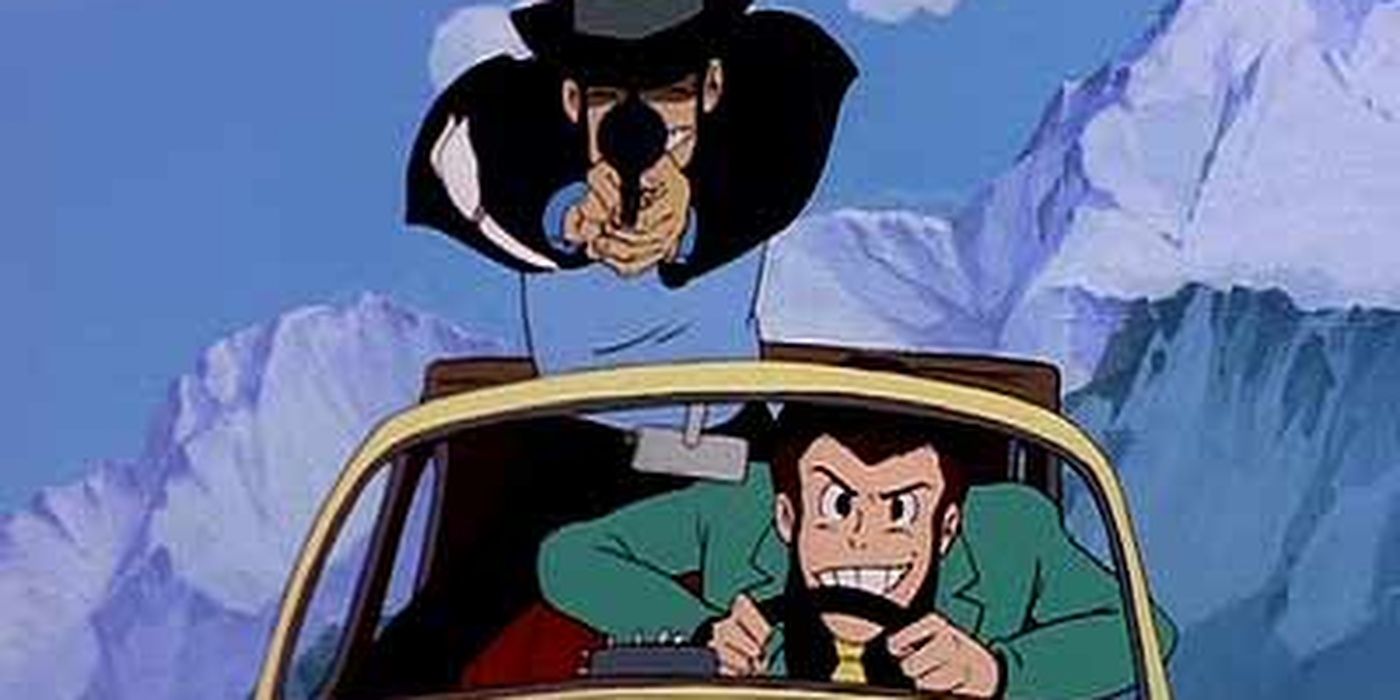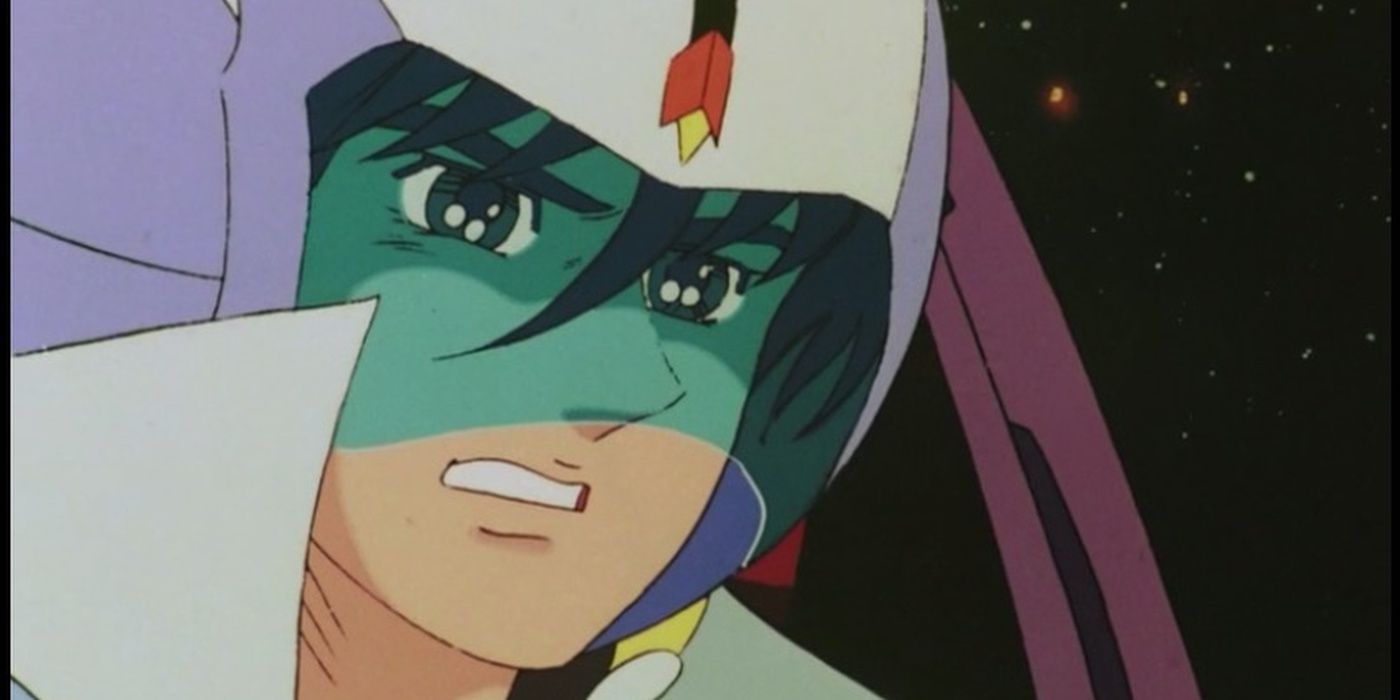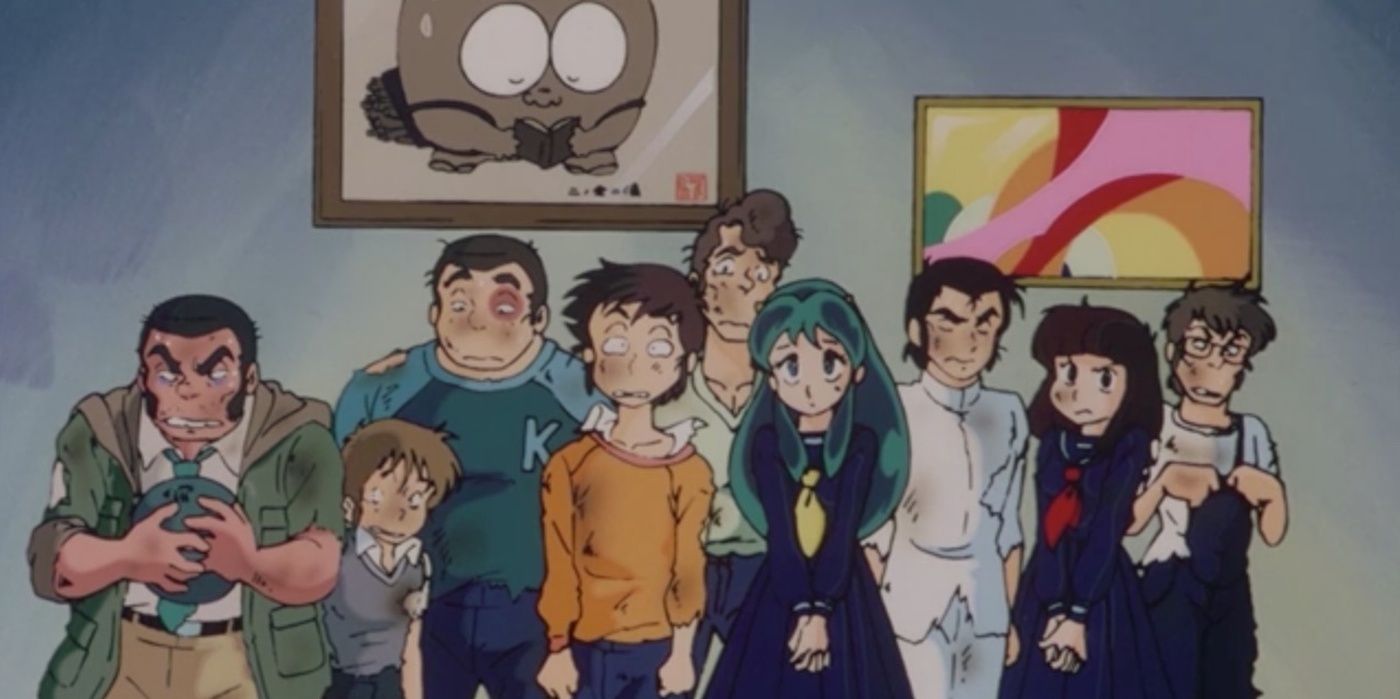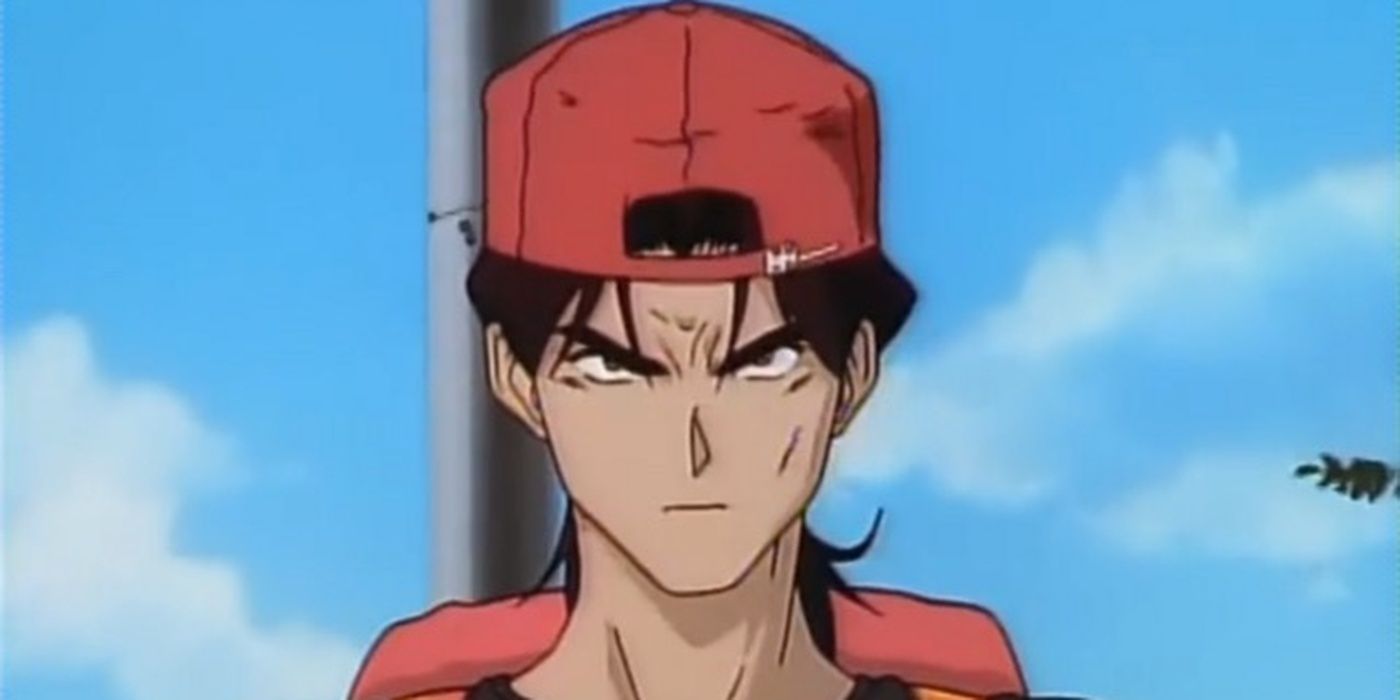Many North American distributors of anime have come and gone, such as Geneon Entertainment, ADV Films, and/or Central Park Media. Ever since 2005, Florida-based distributor Discotek has defied these odds, finding demand in the release of vintage anime movies, OVAs, and series, allowing for younger American audiences to discover seminal expressions in the industry. The largest franchise that Discotek has done a great service for is Lupin III, an anime whose roots began in 1967 from the manga by the late Monkey Punch.
But Discotek's catalog is not only reserved for Lupin III fans. Below is a list of the top ten anime movie and OVA titles that are currently licensed and distributed by Discotek, with more beloved titles forthcoming in 2020.
10 Adieu Galaxy Express 999 (1981)
Adieu Galaxy Express 999 is the gorgeous follow-up to Rinatro's Galaxy Express 999 (1979). Whereas the original anime film was a condensed remake of the first part of the television series (consequently a direct reworking of the manga), Adieu transforms Leiji Matsumoto's story into another work of art. Tetsuro is a teenage freedom fighter when he reboards the 999 (or Three Nine) under Maetel's recommendation.
While on the train, Tetsuro travels to many locations and meets new individuals. However, Maetel is identical to Tetsuro's dead mother, making Maetel's motives even less clear to Tetsuro. Although the story may fall flat at times, it is the beauty in animation and art direction that gives this movie a spot on the list.
9 Devilman: The Complete OVA Series (1987)/(1990)
Go Nagai's Devilman (1972) is a manga ahead of its time and the 1980s film adaptations are no different. Perhaps the most graphic title on this list, Devilman: The Complete OVA Series consists of two separate, but chronologically related films centered around Akira Fudo and his encounter with a mask (Devilman: The Birth (1987) and Devilman: Demon Bird Sirène (1990) ).
The mask belongs to Akira's best friend, Ryo Asuka, and has the power to transform the wearer into a demon. Ryo enlists Akira's help to stop the demons from taking over the world by forcing Akira to wear the mask. Akira is eventually taken over by the demon lord Amon but can still retain his humanity, enabling him to become an ally in Ryo's war. Violently obscene with moments of mutilation, decapitation, and gore, Devilman: The Complete OVA Series is a must-have for anyone who loves the horror anime genre.
8 Robot Carnival (1987)
Comprised of several short films and both an opening and ending sequence, Robot Carnival features the talents of Katsuhiro Otomo (Akira, 1988) and Hiroyuki Kitazume (Mobile Suit Zeta Gundam, 1985). The first entry, "Franken's Gears" is about a mad scientist bringing to life a robot with lightening.
As the film progresses, additional titles include "Deprive", "Presence", "Star Light Angel", "Cloud", and "Strange Tales of the Meiji Machine Culture: Westerners' Invasion". All stories vary in both design and subject matter, but, to some degree the narratives within Robot Carnival all attempt to discuss humanity's relationship with robots.
7 Arcadia of My Youth (1982)
The representation of Captain Harlock in Arcadia of My Youth is mastery. The film focuses on Harlock's back story and ultimately creates a stronger audience connection to Leiji Matsumoto's original space pirate.
When the movie shifts its focus to "present-day" Harlock, the audience is met with an Earth crumbling under alien rule and Harlock being propagandized as a traitor. Many themes, such as the power of friendship and comradery, opinions on war, and humanity's relationship to itself, its past, and its purpose are explored in this brilliant and visually stunning entry into Matsumoto's canon.
6 Space Adventure Cobra (1982)
Space Adventure Cobra loves to not take itself seriously but can be argued as a huge influence when, 15 years later, titles such as Cowboy Bebop (1998) and Outlaw Star (1998) made their debut on the space opera stage.
Cobra, a bounty hunter with a "psychogun" for an arm, is believed to be dead. However, he is very much alive when he runs into the beautiful Jane Royal, a woman racing against her bounty from syndicated crime. The hunt begins as they search for Jane's two sisters and embark on a greater adventure to save Jane's planet. Space Adventure Cobra creates an unprecedented fluidity in its action sequences, and, although its story lacks the depth of some others on this list, is a comedic entry with much heart.
5 Fantastic Adventures of Unico (1981) /Unico in the Island of Magic (1983)
Based on the Osamu Tezuka children's manga of the same name, this set contains two full-length films about the unicorn Unico, titled Fantastic Adventures of Unico and Unico in the Island of Magic. In Fantastic Adventures of Unico, Unico's backstory is the focus, depicting adventures after his abandonment and the friends he makes and helps along the way through songs.
In the follow-up Unico in the Island of Magic, Unico's memory is wiped by the West Wind to protect the precious animal from angry gods. Unico makes a few more friends and attempts to thwart Lord Kuruku's plan to turn everything into "Living Puppets".
4 Castle of Cagliostro (1979)
Best known as the debut of anime film director, Hayao Miyazaki, Castle of Cagliostro is a goofy and fast-paced entry of the Lupin III franchise. The movie opens with Lupin and Jigen fleeing a casino with a stockpile of stolen money. The two soon discover that the bills are counterfeit and decide to investigate the source of the fake cash, heading to Cagliostro. Before reaching their destination, Lupin and Jigen become involved in a high-speed chase, ending with Lupin rescuing and later losing Clarisse, the princess of Cagliostro.
The story continues to unfold and includes appearances by other staple Lupin III characters such as Fujiko Mime, Inspector Zenagata, and Goemon. Although the Lupin in this movie is a bit different in terms of personality from the preceding anime series, Miyazaki's distinct style is clear, even in its infancy.
3 God Mars: The Movie (1982)
God Mars: The Movie is an edited cut of the original 64-episode anime series. The boxset available on Discotek contains the anime, the reworked movie, and an additional OVA, God Mars: The Untold Legend. God Mars: The Movie revolves around Takeru, a seventeen-year-old sent to Earth as a baby to destroy it.
When Takeru discovers the truth behind his being, he refuses to follow the orders of Emperor Zul to detonate the apocalyptic bomb. However, if Takeru dies, the bomb will automatically go off, making Takeru's fight against Zul even more perilous! Takeru also possesses the ability to control the titular Godmars, a combination of six robots, with his mind, allowing him to use the powerful weapon in conflict.
2 Urusei Yatsura 2: Beautiful Dreamer (1984)
Urusei Yatsura 2: Beautiful Dreamer is toned down in comedy and fanservice from the preceding film. Featuring the cast from Only You (1983), Beautiful Dreamer is the immediate follow-up and focuses on a school festival where the team is in charge of a "Nazi-themed" cafe. Despite the group's best efforts in prepping, the day of the festival never seems to come! The beauty of this film deals with metaphoric notes on the philosophy of dreams and the human constructs of both time and space.
With its bold colors and iconic Rumiko Takahashi character design, this movie became an inspiration even decades after.
1 Golden Boy (1995)
As a six-episode OVA series, Golden Boy certainly is the most...erotic on this list. Kintaro Oe is a 25-year old Tokyo University Department of Law dropout. He travels around Japan on his bike seeking part-time jobs to fill his perverted brain with usable knowledge. He seems to objectify the women around him so much that he imagines them using toilets he cleans and is usually found rubbing his face all over the seat.
However, Kintaro is intelligent and empathetic, earning the respect of these women. Golden Boy is a parody of its time and shows how Kintaro enjoys learning, serving, and putting himself below the women (all who are in power within their respective roles) he encounters to fulfill his quest of "study, study, study" and never fail on his pursuit of knowledge.

